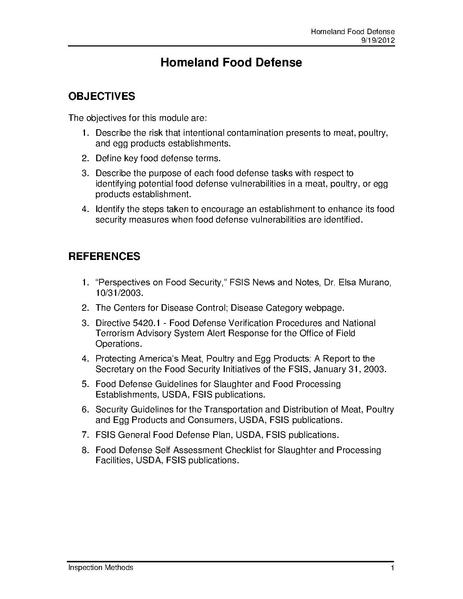Bob Ewing --Hunger kills. Take a look at the following statistics from the World Food Progamme
(WFP):
1- Hunger is the world’s number 1 health risk. Hunger kills more people every year than AIDS, malaria and tuberculosis combined.
2- There are more hungry people in the world than the combined populations of the United States, Canada and the European Union.
Hunger, at the individual level, is a lack of food in the stomach. The WFP presents three stages of hunger: under-nourishment, malnutrition and wasting. When we consider countries, hunger means the want or scarcity of food in a country. World hunger expands this definition to cover the globe.
In 2010, there were 925 million hungry people in the world; 19 million of them lived in countries considered to be developed such as Canada and the United States.
The key question when it comes to hunger must be obvious, why? There is no shortage of food produced each year. So why are people hunger, easy enough, those who experience hunger do not have enough land to grow their own food or money to buy food in the marketplace. So, they and their children suffer and die, daily.
I have two questions, both of which I will explore over the next few weeks and, as always your thoughts are welcome.
1- Why does this global tragedy not get more coverage, both in the media, in elections and in general conversation?
2- How can we end hunger?
I will state, briefly, for now, my position, hunger is a result of poverty which results from deliberate political policies and personal beliefs which reinforce those policies. We can end hunger and build strong, local, sustainable communities at the same time.
Have you ever been hungry? Have you been in a situation were you are unable to stop the hunger by getting something to eat? Have you ever watched a child die because you could not feed him or her?
Fortunately, for me, my answer to all the above is no, although I have come close on the first two. However, empathy goes along way when it comes to understanding the tragedy both individual and community, that hunger brings.
What do you think?


